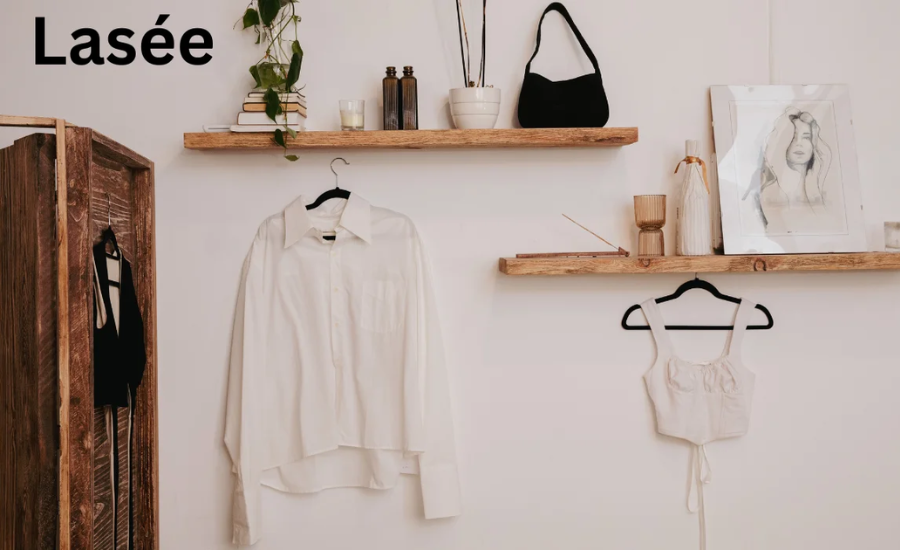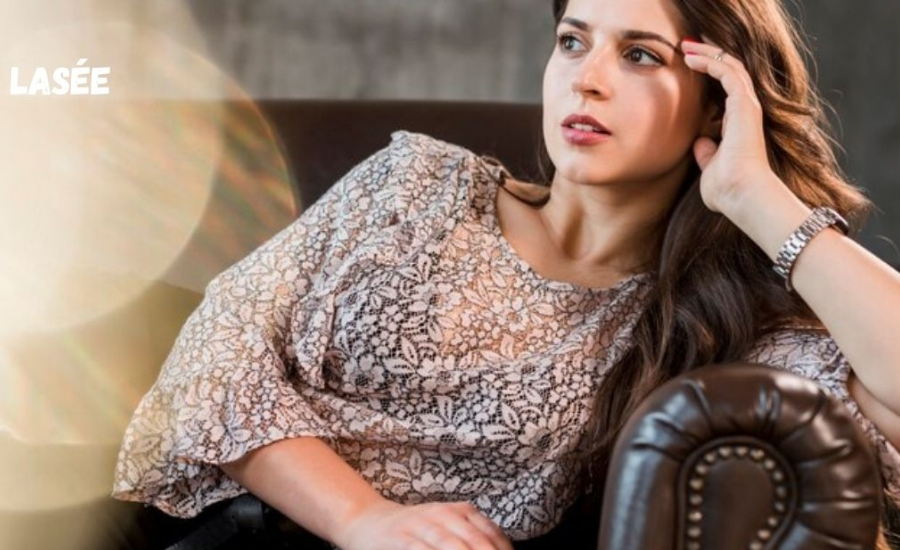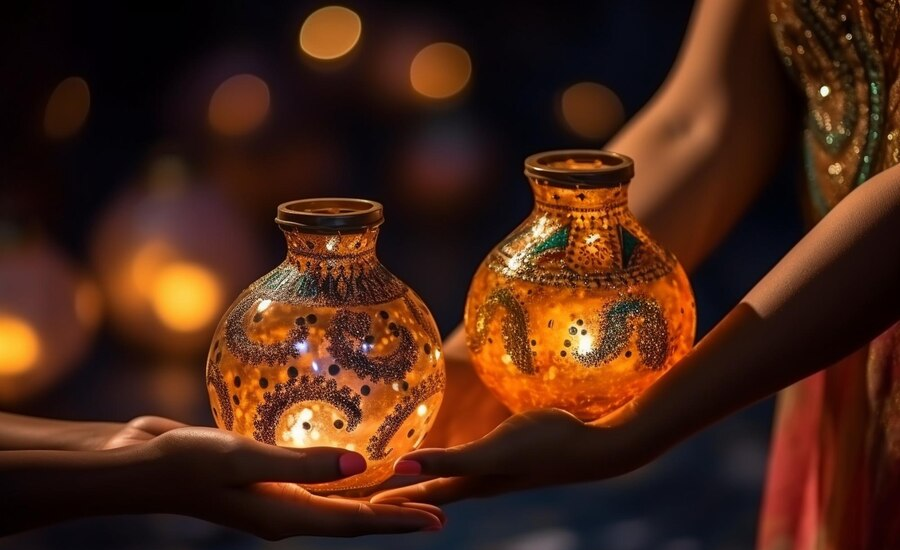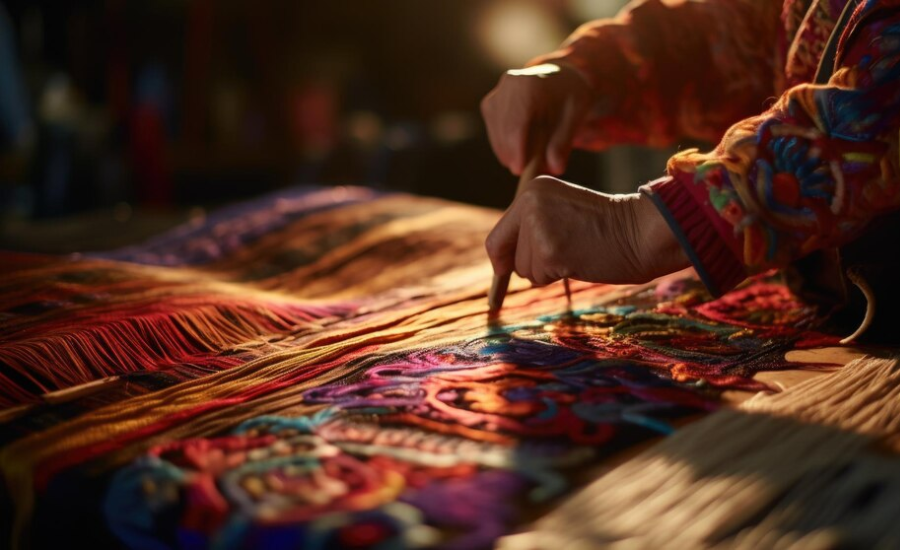Lasée is a unique fabric celebrated for its intricate patterns, exquisite texture, and profound cultural significance. Known for its delicate artistry and versatile applications, this fabric has garnered admiration across the globe for centuries. Rooted in tradition yet evolving with modern innovation, lasée represents a harmonious blend of history, craftsmanship, and contemporary appeal.
Historical Origins of Lasée

The history of it dates back hundreds of years, with its roots embedded in the traditions of diverse cultures worldwide. Originally crafted by skilled artisans, it was once a symbol of sophistication and status, often associated with nobility and ceremonial occasions. Over time, the craft of making lasée has transitioned from exclusively manual methods to incorporating advanced technologies, allowing it to retain its cultural essence while meeting modern demands.
The Significance of Lasée in Today’s World

Everyday Utility of Lasée
In contemporary settings, it has transcended its historical confines to become a versatile element in everyday life. It is no longer limited to exclusive garments or high-society events; instead, it adorns everyday items such as clothing, accessories, and home décor. The fabric’s intricate patterns add sophistication to ordinary products, elevating them into objects of elegance and charm.
Cultural Symbolism
It carries deep cultural resonance in many regions, where it is integral to traditional attire, ceremonial decorations, and heirloom artifacts. The fabric often symbolizes a connection to heritage, with its intricate designs representing the artistic legacy passed down through generations. In some cultures, lasée plays a role in rites of passage, weddings, and religious ceremonies, underscoring its enduring significance.
Exploring the Types of Lasée

Traditional Lasée
Crafted using age-old techniques such as hand-knitting and crocheting, traditional lasée showcases the pinnacle of artisanal skill. Each piece reflects hours of meticulous effort, resulting in unique patterns and textures that exude authenticity and cultural richness.
Modern Variations
The evolution of it has given rise to modern variations that incorporate advanced materials and techniques. Machine-made lasée, for instance, has gained popularity due to its affordability and accessibility. These contemporary forms expand the fabric’s applications, making it a favorite in both fashion and interior design.
The Art of Crafting Lasée
Materials Used
The production of lasée begins with the selection of high-quality threads, including cotton, silk, and synthetic fibers. The choice of material influences the final product’s texture, strength, and overall appearance.
Step-by-Step Process
- Design Creation: Artisans start by conceptualizing intricate designs that serve as blueprints for the lasée.
- Thread Preparation: Threads are selected and prepared for weaving or knitting, ensuring the proper thickness and durability.
- Weaving or Knitting: Using either traditional hand methods or modern machinery, threads are crafted into the desired patterns.
- Finishing Touches: The lasée is carefully inspected, washed, and pressed to highlight its elegance and remove imperfections.
Applications of Lasée

Fashion and Clothing
It remains a staple in the fashion industry, where it enhances garments such as dresses, blouses, and accessories. The fabric’s intricate designs and luxurious appeal make it a preferred choice for designers seeking to create both timeless classics and contemporary trends.
Home Décor
In the realm of interior design, lasée adds a touch of refinement to curtains, tablecloths, and cushion covers. Its delicate patterns introduce a sense of sophistication, transforming ordinary living spaces into elegant retreats.
Advantages of Using Lasée
Durability
Despite its delicate appearance, it is remarkably durable. With proper care, high-quality lasée can maintain its charm and functionality for years, making it a valuable investment.
Aesthetic Excellence
The visual allure of lasée is unparalleled. Its detailed craftsmanship and unique designs captivate the eye, enriching the overall beauty of any item it graces.
Lasée in the Fashion Industry

Emerging Trends
Designers are continuously exploring innovative ways to use lasée, experimenting with bold patterns, vibrant colors, and unique applications. Whether in vintage-inspired collections or minimalist modern pieces, it remains a versatile material in fashion.
Designer Insights
Renowned designers often praise lasée for its ability to add depth and texture to garments. Its adaptability allows for the creation of both understated accents and dramatic statement pieces, catering to diverse aesthetic preferences.
Lasée in Interior Design
Popular Uses
It has become a favored element in interior design for items such as lampshades, table runners, and wall hangings. Its ability to filter light and create enchanting shadows makes it a standout choice for enhancing ambiance.
Tips for Incorporation
To seamlessly integrate lasée into your home, consider pairing it with modern furnishings to create a balanced and visually appealing environment. Using lasée as an accent can amplify the elegance of your décor without overwhelming the space.
Caring for Lasée Products
Cleaning Guidelines
To maintain the quality of lasée, gentle handwashing with mild detergent is recommended. Avoid using harsh chemicals or mechanical washing methods, which can damage the fabric’s delicate fibers.
Storage Tips
Store lasée items in breathable fabric bags, away from direct sunlight and humidity. Proper storage ensures that the fabric retains its texture, color, and structural integrity over time.
Environmental Impact of Lasée

Sustainable Practices
Increasingly, it producers are embracing eco-friendly practices, such as using organic threads and natural dyes. These efforts reduce the environmental footprint of lasée production and align with growing consumer demand for sustainable products.
Eco-Friendly Alternatives
For environmentally conscious consumers, eco-friendly lasée options made from recycled or biodegradable materials are becoming readily available, combining beauty with responsibility.
Challenges in the Lasée Industry
Production Complexities
Creating high-quality lasée requires significant expertise and precision. Scaling production without compromising quality remains a challenge, as does the rising cost of skilled labor and raw materials.
Market Competition
The competitive landscape of the lasée industry drives innovation but also presents challenges in maintaining authenticity and brand distinction.
The Future of Lasée

Technological Innovations
Emerging technologies, such as 3D printing and smart textiles, are poised to revolutionize lasée production. These innovations promise to enhance design possibilities and expand the fabric’s applications.
Market Expansion
As interest in artisanal and sustainable products grows, It is expected to capture a broader audience. The global market for lasée is predicted to flourish, driven by its timeless appeal and versatility.
Selecting Quality Lasée
Key Features
High-quality lasée is characterized by uniform patterns, consistent weaves, and premium threads. These indicators ensure durability and authenticity.
Buying Guide
For a trustworthy purchase, opt for reputable sellers or certified products. Customer reviews and recommendations can also provide valuable insights into the quality of its items.
Lasée Across the Globe
Regional Variations
It reflects the cultural diversity of its origins, with distinct styles emerging from Europe, Asia, and beyond. Each region contributes unique techniques and patterns, enriching the global legacy of it.
Worldwide Influence
The universal admiration for lasée underscores its artistic and cultural significance. Its ability to transcend borders and resonate with diverse audiences makes it a cherished fabric worldwide.
By embracing both its historical roots and modern innovations, It continues to enchant and inspire, affirming its place as a timeless symbol of elegance and artistry.
Facts
- Historical Significance:
Originating centuries ago, it was traditionally a symbol of sophistication, often associated with nobility and ceremonial events.
- Cultural Resonance:
It is integral to traditional attire, ceremonies, and heirlooms in many cultures, symbolizing heritage and artistic legacy.
- Material Diversity:
It can be made from cotton, silk, or synthetic fibers, influencing its texture, strength, and appeal.
- Crafting Techniques:
Traditional lasée is hand-knitted or crocheted, while modern lasée uses advanced machinery for mass production.
- Applications:
It is widely used in fashion (dresses, blouses) and home décor (curtains, tablecloths).
- Durability:
Despite its delicate appearance, high-quality lasée is long-lasting with proper care.
- Sustainability:
Eco-friendly lasée, made from organic or recycled materials, is becoming popular.
- Modern Trends:
Designers are experimenting with bold patterns and integrating lasée into both vintage and minimalist fashion styles.
- Global Appeal:
Regional variations in it styles showcase the cultural diversity of its craftsmanship.
FAQs
Q: What is lasée?
A: It is a fabric known for its intricate patterns, delicate artistry, and cultural significance, used in fashion and home décor.
Q: How is lasée made?
A: It is crafted using weaving or knitting techniques, either manually or with modern machinery, using materials like cotton, silk, or synthetics.
Q: Where is lasée used?
A: It is used in garments, accessories, and home décor items such as curtains, lampshades, and cushion covers.
Q: How do you care for lasée?
A: Handwash lasée with mild detergent, avoid harsh chemicals, and store in breathable fabric bags away from sunlight and moisture.
Q: Is lasée sustainable?
A: Yes, many producers now use organic threads, natural dyes, or recycled materials to create eco-friendly lasée.
Q: What makes high-quality lasée?
A: Uniform patterns, consistent weaves, and premium threads are hallmarks of high-quality lasée.
Conclusion
Lasée is a timeless fabric that harmonizes tradition and modernity, celebrated for its intricate craftsmanship and versatile applications. Rooted in cultural heritage yet evolving with technological innovations, it continues to enchant both designers and consumers. Its applications in fashion and interior design, along with its durability and sustainability, affirm its relevance in contemporary markets. As global interest in artisanal and eco-friendly products grows, it is poised to remain a cherished symbol of elegance and artistry for generations to come.
Stay engaged with this: Blog Blower
